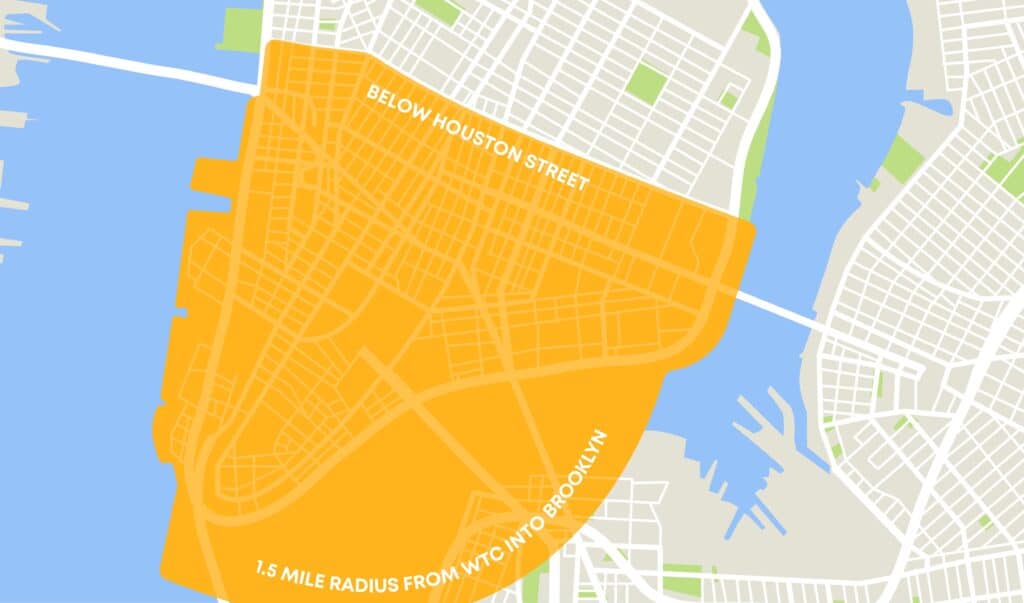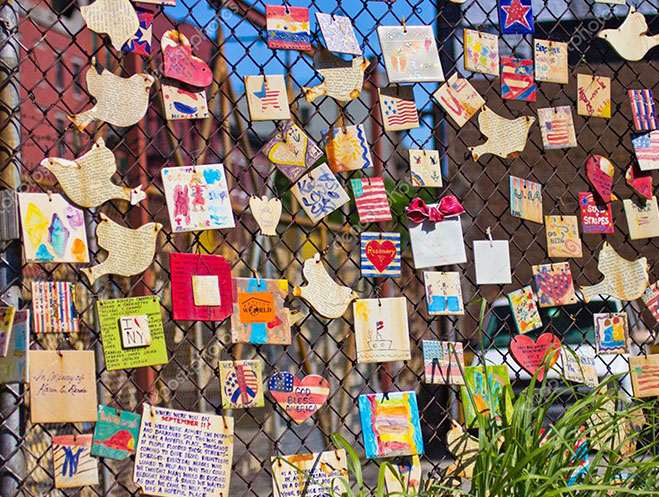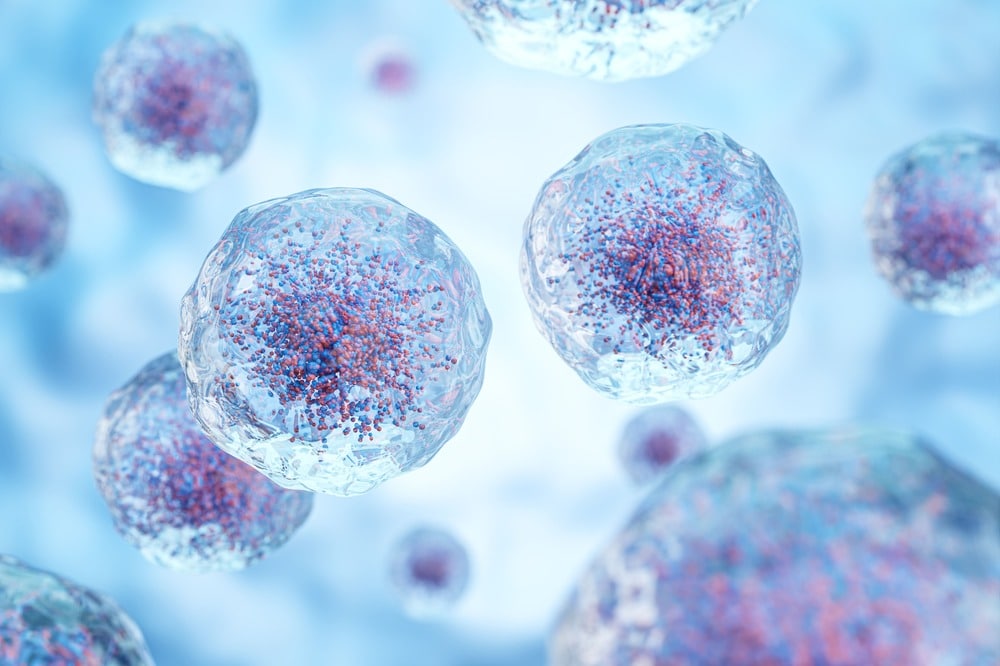
When most people think of the loss of life during and after the 9/11 attacks, they understandably remember those who died on the day of the attacks and the responders who died during and after the rescue efforts.
However, the long-term effects of the attacks extended far beyond this, causing many widespread health issues among those who spent time in the 9/11 exposure zone in the days, weeks, and months after the attacks.
A variety of serious health conditions are strongly associated with inhaling the toxic air that lingered for months at Ground Zero.
Over two decades later, with the health conditions now documented and within the public sphere, people are still stepping forward to claim free medical care and compensation for their 9/11-related health issues.
But how do you prove you were present in the 9/11 exposure zones during the qualifying period?
9/11 exposure zones and timeframe
How to prove you were present in the 9/11 exposure zone
The World Trade Center Health Program (WTCHP) and Victim Compensation Fund (VCF) were specifically set up to assist responders or survivors who were exposed to the toxic air at any of the 9/11 sites and who subsequently developed a related health issue.
To claim free medical care and compensation, individuals must prove their presence in one of the 9/11 exposure zones between the applicable dates.
This may be easier said than done, more than two decades after the fact. Fortunately, the WTCHP and VCF accept a wide range of documents to prove one’s presence.
Acceptable documents proving presence at 9/11 exposure zone
Documents that can help prove presence at the 9/11 exposure zone include the following:
- Employment records: any document that demonstrates employment with an organization that helped with rescue and recovery, cleanup, or debris removal/transportation, and presence at the site through an employer’s letter, a sworn employer verification form, pay stubs, WTC identification, site credentials, volunteer records or an official personnel roster.
- Residence records: rent or mortgage receipts, utility bills, lease agreements, insurance policies, tax returns, etc. plus, an affidavit from a neighbor, landlord or another community resident to confirm your presence during the qualifying period.
- School or daycare records: any document that confirms enrollment or attendance during the qualifying period.
- Medical records or other documentation: reports concerning on-site worker’s injuries/treatment, paid invoices for cleaning/restoring property in the affected area, a building pass, receipts, or parking tickets, etc.
- Personal statement and affidavits: a personal statement backed up by sworn affidavits from people confirming presence at a 9/11 crash site.
If you cannot locate any of the above documentation to prove your presence in the exposure zone, speak to a qualified 9/11 victim lawyer, who can help you understand your options and prepare the necessary legal documentation to support your claim.
How long must claimants be exposed on-site to receive 9/11 benefits?
There is no minimum requirement for the amount of time that an individual must have been present in a 9/11 exposure zone to start receiving assistance via the WTCHP or VCF.
Ultimately, if you are registered as being in an exposure zone during the applicable dates, you can claim at any time thereafter until 2090, when the program ends.
What’s the difference between the VCF and the WTCHP?
The WTCHP provides medical treatment and follow-up services for those with 9-11 related conditions. The WTCHP is also responsible for certifying the list of conditions that are covered. The already long list is added to from time to time as more medical investigations uncover more evidence.
The VCF provides compensation for individuals with a certified 9/11-related condition who can prove that they were present in an exposure zone in the immediate aftermath of the attacks. The program also compensates those who lost a loved one to a 9/11-related medical condition.
How to register and file a 9/11 VCF claim
To claim compensation with the VCF, individuals must register to file a claim by enrolling in the program within two years of diagnosis of a covered condition. This usually entails certification through the WTCHP first, and legal assistance may then be required to file the claim with supporting documentation.
It is important to note that those present in the exposure area during the specified timeframes can register their right to file a VCF claim, even if they are not yet diagnosed with a covered condition. This will provide “insurance” for a 9/11-related condition diagnosis at any time before 2090.
To discuss your situation and learn more about how we may be able to help you, please call Weisfuse & Weisfuse, LLP at 212-983-3000 or contact us online to schedule a free consultation.
** Numerous advertisements and media outlets are informing New Yorkers about their possible eligibility for 9/11 benefits if they were in Lower Manhattan during the attacks and suffer from health conditions due to toxic dust exposure. At Weisfuse & Weisfuse LLP, we emphasize that the “exposure zone” isn’t limited to Canal Street but can extend further to Houston Street.





